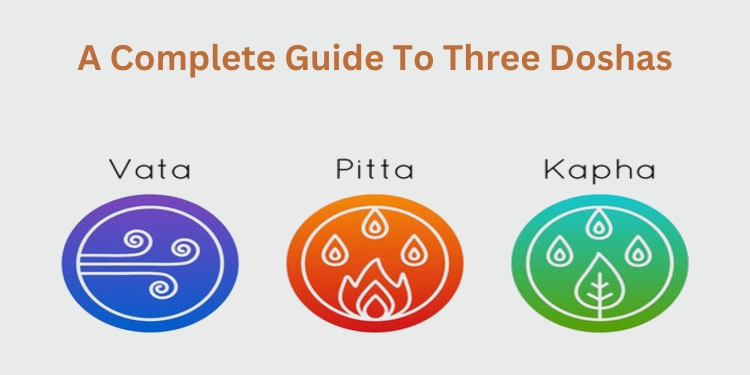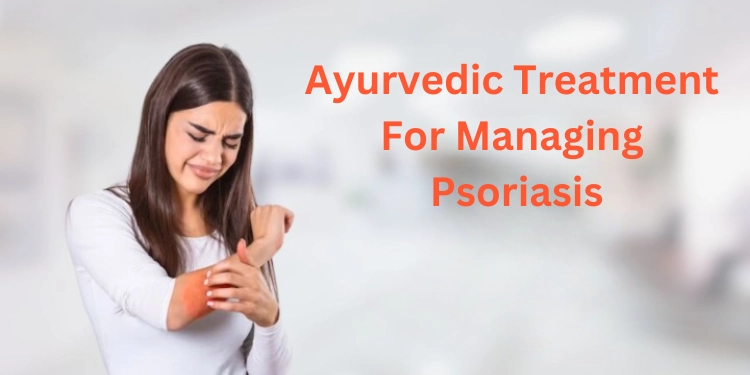Sciatica is a painful disorder that develops from irritation of the sciatic nerve, the largest nerve in the human body stretching from the lumbar region to the legs. This condition is sometimes described as shooting pains, numbness, or weakness, from the legs to the lower back. Though today sophisticated medications, injections, and surgeries are available, Ayurveda – the ancient Indian science of treatment – offers effective and natural cures in relation to the root causes of the pain as a whole.
Ayurveda is a natural healing system that has evolved for over five thousand years with restoring a homeostasis incorporating the body, the mind, and the spirit degrees of existence. In sciatica, the focus of Ayurveda treatment is to bring the vata dosha which covers the body functions within the nervous system, back to balance. Common sciatica ayurvedic treatments are focused on decreasing inflammation, decreasing nerve pressure, and improving the strength of the nerve areas through therapies and herbs and via changes in diet and exercise routines. At Adivaidyam we offer ayurveda treatments tailored to the needs of sciatica and assist individuals with finding long-term relief from nerve pain.
According to ayurveda, sciatica, known as Gridhrasi in Sanskrit is considered to be mainly a Vata disorder. A vata dosha imbalance can cause a disruption in the nervous system and an interference with the body’s channels. As a result, pain and discomfort are caused along the sciatic nerve.
Panchakarma therapies, ayurvedic pharmacology, diet plan changes and lifestyle changes typify the ayurveda approach to sciatica treatment. All courses of treatment are individualized depending on the doshas and aim at the elimination of toxins and effective promotion of healing.
This back pain is precipitated by structures or parts of the body such as the lumbar vertebrae and nerves that run down the buttock to the legs. Some common causes include:
According to ayurveda, improper diet, lack of exercise, and stress all play a big role in the aggravation of Vata dosha resulting in sciatica.
Treatment of sciatica in the ayurvedic system is done by augmenting the affected Vata dosha, decreasing inflammation and pain. The treatments above are safe, non-surgical, and come with no side effects typical of conventional treatments. Here are some of the most effective Ayurvedic treatments for sciatica:
Panchakarma, a core Ayurvedic detoxification process, is highly effective in treating sciatica by eliminating toxins and balancing doshas. Key Panchakarma therapies for sciatica include:
It is a simple type of treatment designed to eliminate toxins and excess Pitta dosha from the body. The reduction of sciatica pain is possibly achieved by detoxifying the digestive system something that Virechana does and thus, aids in the reduction of inflammation and improving nerve health.
Basti is one of the most effective treatments for sciatica, so this treatment should be used once the cause of the condition has been identified. It also includes giving medicated oils or herbal decoctions through the rectum to manage vata dosha. This therapy does not only help the patient to ease the nerve pain but also helps to exercise the muscles and joints around the lower back thus extending the time that a person can be relieved from pain.
Kati Basti is a conventional oils applied locally that is available to address lower back pains and sciatica. In this therapy, warm medicated oil is stored over the lower back region by using a dough dam. When it comes to heat from the oil, it reaches the muscular tissues, relaxes the muscles, eliminates inflammation, and dulls the pain.
Abhyanga is a full-body oil massage using warm herbal oils that help reduce vata aggravation. This therapy improves circulation, strengthens the muscles, and provides relief from the radiating pain caused by sciatica. At Adivaidyam, we use carefully selected herbal oils that are tailored to each individual's condition.
These herbs are very essential since they are used in curing sciatica by decreasing inflammation, and reinforcement of nerves and general body healing. Some effective Ayurvedic herbs for sciatica include:
Diet is an essential aspect of treatment in handling sciatica as provided by Ayurveda. According to Ayurveda, by following a vata pacifying diet the inflammation is brought down and healing takes place. Promise to provide the body with necessary nutrients. Eating fresh and warm foods wherever possible, and staying away from cold, dry, and processed foods should be included as activities to reduce vata dosha.
Recommended Foods:
Warm soups and stews
These remedies can help to decrease the signs of the Pitta dosha imbalance within the comfort of one’s own home naturally.
Foods to Avoid:
An inclusion of an appropriate diet might find a way of extending an arm and help reduce the sciatica pain as well as preventing anymore worsening of the Vata dosha.
In Ayurveda, yoga and pranayama are the best-known methods of treating sciatica. Some of the postures assist in stretching and toning the lower sacral areas, and thighs, and also aid in handling disorders pertaining to Vata through relaxation and reduction of stress through pranayama.
Recommended Yoga Poses:
Ayurveda offers several benefits in managing and treating sciatica:
In Ayurveda treatment options for sciatica, it is also very important for one to prevent the recurrence of the condition. Some preventive measures include:
The ancient healing science of Ayurveda provides a holistic cure for sciatica that is not just symptomatic, but real. This is because Ayurvedic treatments deal with the underlying causes, such as overactivity of vata and inflammation, making them effective and sustainable remedies for the ailment in question as well as maintaining the general well-being of an individual. We at Adivaidyam located in Bangalore provide science and individual approaches using Ayurveda cure for sciatica and back pains.
Read Also:
What is the best ayurvedic treatment for sciatica?
Sciatica is best treated with therapies like Kati Basti, and healing massage with warm medicated oils (Abhyanga), Ashwagandha, and Guggulu to decrease inflammation of the nerves.
What kind of diet should I follow to manage sciatica in Ayurveda?
It means an Ayurvedic diet consists of comparatively hot and light foods such as soups, ghee, and cooked vegetables but excludes cold and oily foods as well as processed foods.
Is Ayurvedic treatment safe for chronic sciatica patients?
Yes, Ayurvedic treatment is comparatively good and safe in chronic sciatica cases as long as it is deal with by the right practitioner and based on natural remedies, therapies and individual hits treatment plans for the conditions.
What lifestyle changes does ayurveda recommend for managing sciatica?
According to Ayurveda, regular exercise, correct body position, the absence of stress, and yoga also, as well as the proper daily schedule, should be followed. Examples of relaxation activities include Pranayama, a breath control activity that assists in the control of stress hence boosting the morale of the nervous system.
Can Panchakarma help in curing sciatica?
Panchakarma is a procedure in ayurveda that strengthens nerves and reduces inflammation in the affected area therefore it can be used to manage sciatica.

Vata Pitta and Kapha Doshas

The three doshas in Ayurveda are Vata, Pitta, and Kapha, shaping our physical, mental, and emotional health. This guide explores their traits, significance, and tips for maintaining balance naturally.
Ayurvedic Psoriasis Treatment

Ayurvedic treatment for psoriasis focuses on holistic healing through herbal remedies, detox therapies, and lifestyle changes. This natural approach helps manage symptoms, reduce flare-ups, and promote long-term skin health and overall well-being.
Contact us today and embark on a journey toward a better life. Our team is here to support you every step of the way.
